How to restore unique wooden masterpieces?

In our step-by-step guide on “How to restore unique wooden masterpieces,” we aim to provide you with a comprehensive set of instructions to help you bring back the beauty and charm of these extraordinary pieces of art. Whether you have inherited a family heirloom or stumbled upon a one-of-a-kind wooden masterpiece at an antique store, we understand the importance of preserving and restoring the unique character of these treasures. Our guide will take you through the process, from assessing the condition of the piece to cleaning, repairing, and protecting it, ensuring that it can be enjoyed for generations to come. Let’s dive in and bring new life to these wooden wonders together!
Exquisite Handcrafted Wooden Treasures


![The Tree of Wooden Clogs (The Criterion Collection) [Blu-ray]](https://woodyartwork.com/wp-content/uploads/2023/12/thetreeofwoodenclogsthecriterioncollectionblu-ray.jpg)
Step 1: Assess the condition
Examine the wooden masterpiece carefully to determine the extent of damage. Start by thoroughly inspecting the surface for any visible scratches, cracks, or discoloration. Run your fingers gently over the surface to feel for any rough or uneven areas. Look closely at the edges and corners of the piece, as these are commonly prone to damage.
For example, if you notice a scratch on the surface, assess its depth and length. Is it a minor surface scratch that can be easily buffed out, or does it penetrate deeper into the wood? If there are cracks, examine whether they are superficial or extend through the entire thickness of the piece. Discoloration may indicate water damage, sun bleaching, or the presence of mold or mildew. Take note of any specific areas that require attention and make a mental or written checklist of the damages you have identified.
By carefully examining the wooden masterpiece, you will be able to create a detailed assessment of its condition. This assessment will help you understand the scope of work required and determine the appropriate steps to restore or repair the piece. Remember to take your time during this process and be thorough in your examination to ensure accurate identification of any damage.
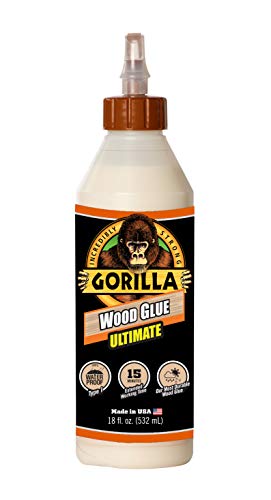
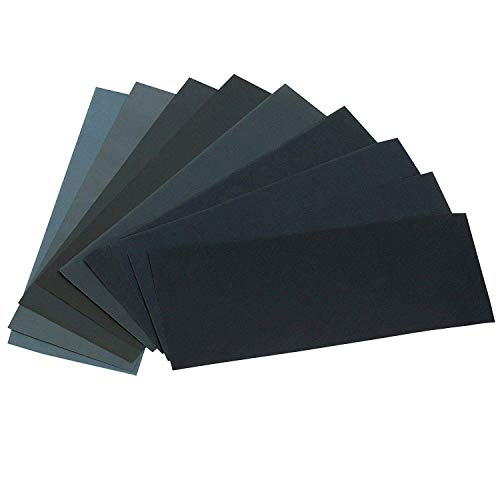
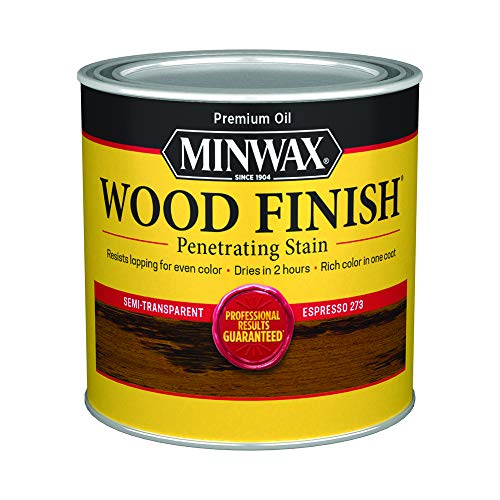
Step 2: Clean the surface
Gently remove any dust, dirt, or grime from the wooden masterpiece. Start by taking a soft cloth and carefully wipe the surface in gentle, circular motions. This will help to loosen and lift any loose particles. If the dirt is stubborn, you can use a mild cleaning solution. Mix a small amount of the solution with water, dampen the cloth, and continue wiping the surface. Remember to wring out the cloth well to avoid excessive moisture, as this can damage the wood.
Next, focus on the corners and crevices of the wooden masterpiece. Use a soft-bristled brush or a toothbrush to gently remove any dirt or grime that may have accumulated in these hard-to-reach areas. Dip the brush into the cleaning solution, if needed, and carefully scrub the corners and crevices. Be sure to be gentle to avoid scratching or damaging the wood. Once you have finished cleaning the surface, thoroughly dry it with a clean, dry cloth to remove any remaining moisture.
By following these simple steps, you can effectively clean the surface of your wooden masterpiece, ensuring it remains in pristine condition for years to come.
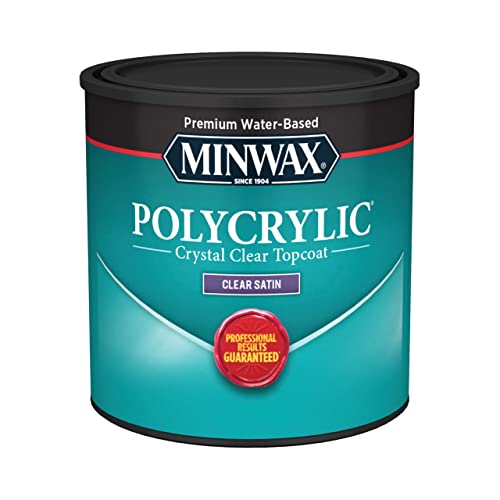
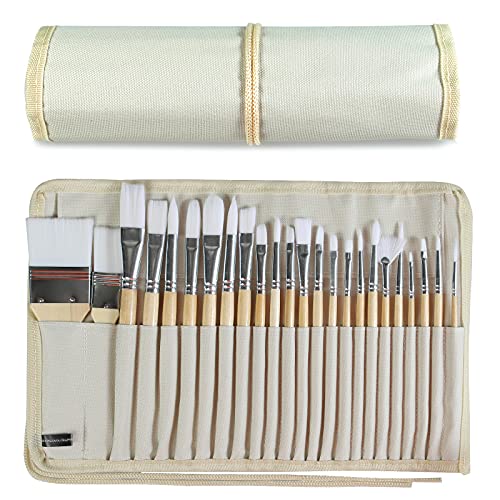
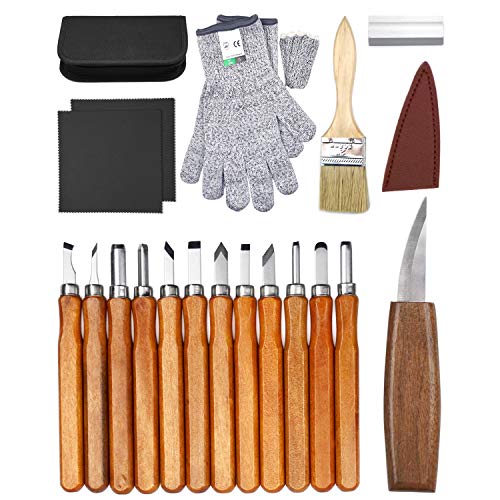
Step 3: Repair any damage
Fixing minor scratches or cracks is a straightforward process that can be completed using wood putty or epoxy. Start by inspecting the damaged area and ensuring it is clean and free from debris. Then, apply the wood putty or epoxy to the scratch or crack, using a putty knife or spatula. Fill the damaged area completely and smooth out any excess putty or epoxy.
Next, allow the putty or epoxy to dry according to the manufacturer’s instructions. Once it has dried, use sandpaper or a sanding block to gently sand down any rough areas. Be sure to sand in the direction of the wood grain to achieve a smooth and even finish.
After sanding, wipe away any dust with a clean cloth. If necessary, apply a suitable wood stain or varnish to match the surrounding wood. Follow the instructions on the stain or varnish product for proper application and drying time. This will help restore the appearance of the repaired area and protect it from further damage.
Remember, taking your time and following these steps carefully will ensure a successful repair of minor scratches or cracks in your wood surface.

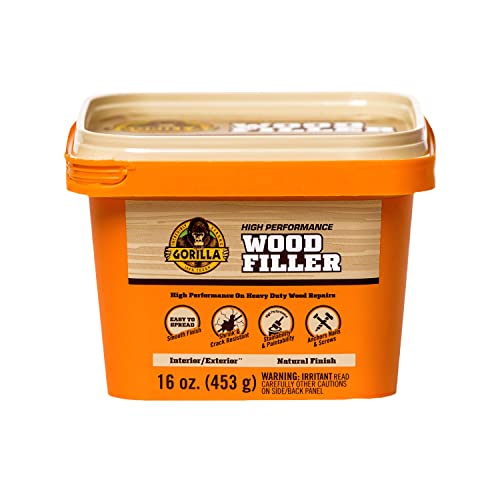

Step 4: Protect and restore the finish
To protect and restore the finish of your wooden masterpiece, it is essential to apply a protective coat of wax, oil, or varnish. This step will not only enhance the durability of the wood but also bring out its natural beauty, giving it a polished and lustrous appearance.
First, ensure that the surface of the wood is clean and free from any dust or debris. Use a soft cloth or a brush to gently remove any loose particles. Next, select the type of protective coating that best suits your needs. Wax is a good option for a more traditional and natural look, oil provides a deep and rich finish, while varnish offers a glossy and protective layer.
Using a clean cloth or a brush, evenly apply the chosen protective coating to the wooden surface. Make sure to follow the manufacturer’s instructions for the specific product you are using. Apply the coating in long, even strokes, working with the grain of the wood. Allow the first coat to dry completely before applying additional coats if desired. Once the protective coating is dry, gently buff the surface with a soft cloth to achieve a smooth and polished finish.
By applying a protective coat of wax, oil, or varnish, you not only enhance the durability of your wooden masterpiece but also bring out its natural beauty. Follow these simple steps to ensure a long-lasting and stunning finish for your precious piece.


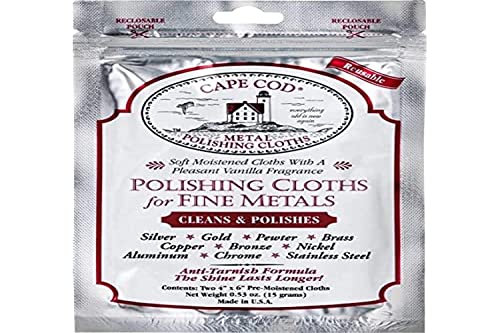
Step 5: Maintain and preserve
To maintain and preserve your wooden masterpiece, it’s essential to regularly clean and polish it. Start by dusting the surface with a soft, lint-free cloth to remove any loose particles. Next, prepare a mixture of mild soap and warm water. Dip another clean cloth into the solution, wring out the excess water, and gently wipe down the wooden surface, following the grain. Avoid using excessive water or harsh cleaning agents, as they can damage the wood. Once you’ve cleaned the entire piece, wipe it again with a dry cloth to remove any remaining moisture. This simple cleaning routine will help remove dirt and grime, keeping your wooden masterpiece looking its best.
In addition to cleaning, it’s crucial to protect your wooden masterpiece from environmental factors. Avoid placing it in direct sunlight, as this can cause the wood to fade and warp over time. Instead, position the piece in a shaded area or use curtains or blinds to filter the sunlight. Extreme humidity can also be detrimental to the wood, leading to swelling, warping, or even mold growth. To prevent this, maintain a consistent humidity level in the room where your wooden masterpiece is displayed. Using a dehumidifier or a humidifier, depending on your climate, can help regulate the moisture levels and protect the wood. By following these precautions, you can ensure the long-lasting beauty and durability of your wooden masterpiece.
Preserving Craftsmanship for Generations
In conclusion, we have explored the essential steps to restore unique wooden masterpieces. From assessing the condition of the piece to cleaning, repairing, and finishing, we have highlighted the significance of proper maintenance and care. By following these guidelines, you can ensure that these precious artifacts retain their charm and beauty for generations to come. Remember, the key lies in regular upkeep and using the right techniques and products. So, let’s preserve these masterpieces and continue to appreciate their timeless allure.
Essential Supplies
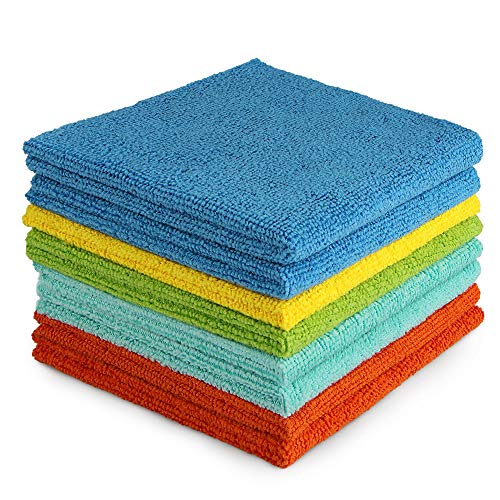
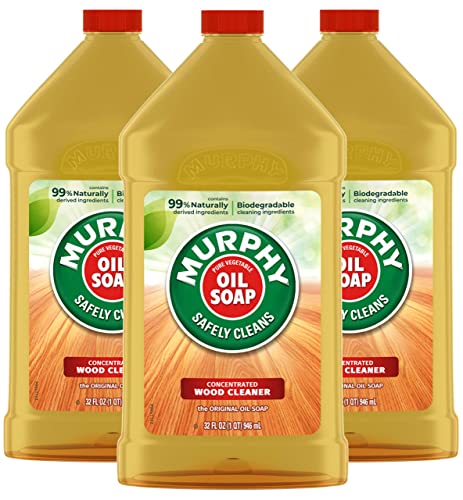


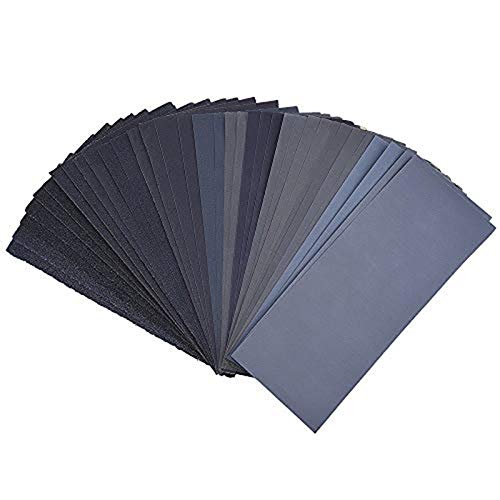
Mastering the Art
Getting the most out of your one-of-a-kind wonders
- Carefully inspect the wooden masterpiece: Start by examining the piece for any visible damage or defects. Check for loose parts, rough edges, or splinters. It’s important to ensure the piece is safe to handle before proceeding
- Clean and maintain the wooden masterpiece: Use a soft cloth or brush to gently dust off the surface of the wood. Avoid using harsh chemicals or abrasive materials that could damage the finish. If the piece requires additional maintenance, such as polishing or oiling, refer to the specific instructions provided by the manufacturer
- Display the wooden masterpiece: Find a suitable location to showcase your unique wooden masterpiece. Consider the size and shape of the piece to determine the best spot. Avoid placing it in direct sunlight or areas with excessive humidity, as these conditions could potentially damage the wood over time
- Use the wooden masterpiece as intended: Depending on the type of wooden masterpiece, it may have a specific function or purpose. For example, if it’s a cutting board, use it for preparing food. If it’s a decorative figurine, place it on a shelf or table for display. Always refer to any accompanying instructions or guidelines provided by the manufacturer
- Appreciate the craftsmanship: Take a moment to appreciate the artistry and skill that went into creating your unique wooden masterpiece. Admire the natural beauty of the wood, the intricate details, and the overall design. These pieces are meant to be enjoyed and admired, so take the time to savor their beauty
- Remember, using and caring for wooden masterpieces can vary depending on the specific item, so always refer to any accompanying instructions or manufacturer’s guidelines for the best practices. Enjoy your journey with these unique wooden masterpieces!





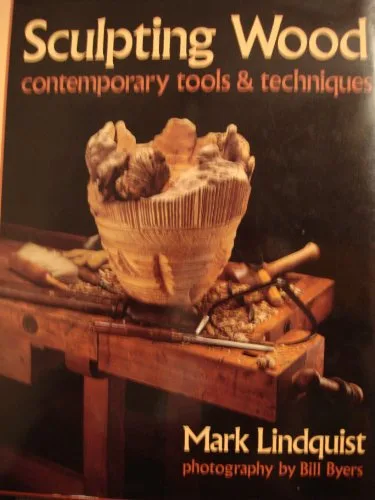
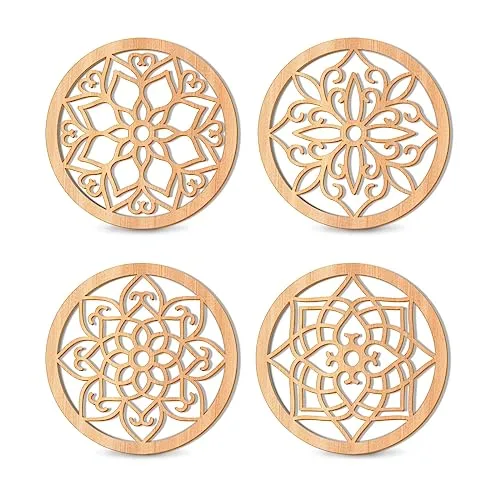
I’d love to see a follow-up article on how to properly maintain restored wooden masterpieces to ensure their longevity.
The article could benefit from including some before and after photos of restored wooden masterpieces. Visual examples would be helpful in understanding the restoration process better.
I have a wooden masterpiece that has lost its shine over the years. The article’s suggestion of using a high-quality wood polish has inspired me to give it a try.
I appreciate the emphasis on preserving the authenticity of wooden masterpieces. It’s essential to avoid using harsh chemicals or abrasive techniques that could harm the wood’s original finish.
I found the section on repairing cracks and chips very useful. It’s important to use the right type of filler and sandpaper to ensure a seamless repair.
This article provides great tips on restoring wooden masterpieces. I especially liked the suggestion of using a gentle cleaning solution to remove dirt and grime without damaging the wood.